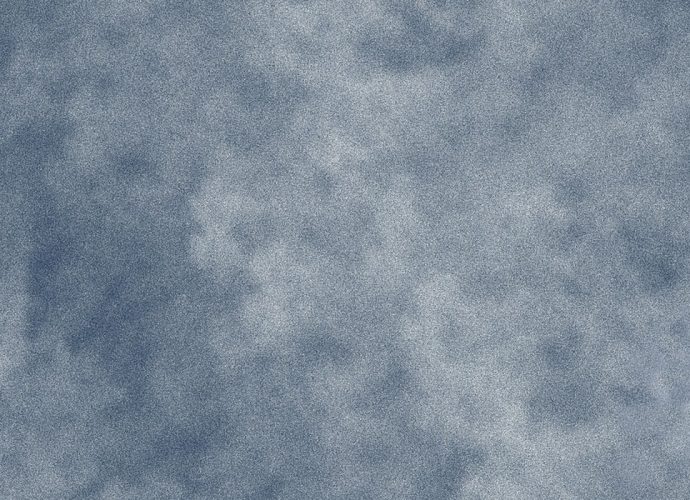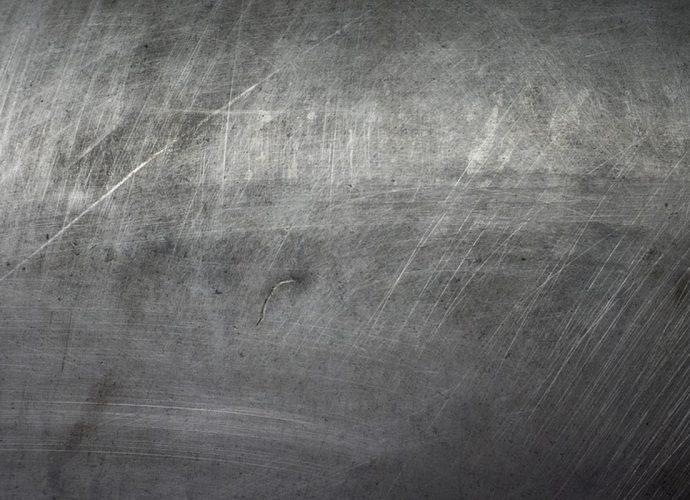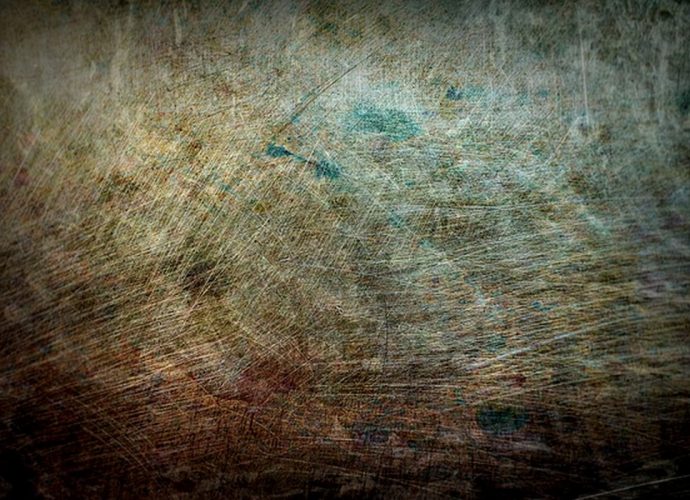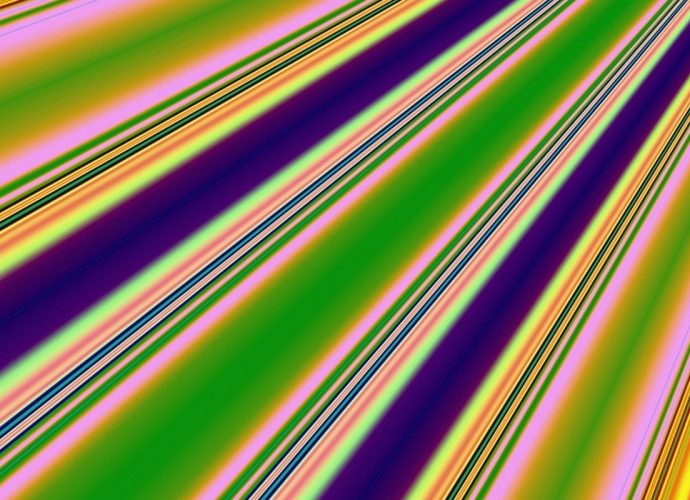How Do You Prepare A Sample For A Light Microscope?
The main methods of placing samples onto microscope slides are wet mount, dry mount, smear, squash and staining. Dry Mount: The dry mount is the most basic technique: simply position a thinly sliced section on the center of the slide and place a cover slip over the sample. What areRead More →









